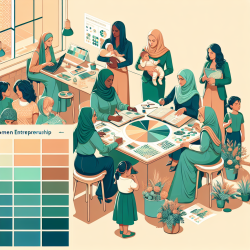Understanding the Complex Dynamics in Domestic Violence Shelters
Domestic violence shelters have long been a refuge for women and children escaping abusive situations. However, a recent study titled "Children in Domestic Violence Shelters: Does the Feminist Perspective Collapse?" highlights a critical gap in how these shelters address the needs of children. Conducted with 48 advocates in Québec, Canada, the study reveals that while most shelter workers adopt a child-centered perspective, there is a tendency to focus more on the mothers' actions rather than the perpetrators' behavior, potentially leading to mother-blaming and authoritarian interactions.
Key Findings from the Study
- Most participants adopt a child-centered approach, recognizing children as vulnerable and at-risk.
- There is a moderate emphasis on vulnerability and risk, supporting children alongside their mothers.
- In cases of strong focus on vulnerability, the perpetrators' behavior is often overlooked, leading to monitoring of the mothers.
Implications for Social Work Practices
The study underscores the importance of maintaining a feminist analysis of violence against women to avoid issues such as mother-blaming. It suggests that social work practices should focus on empowering women and supporting children in alliance with their mothers. This approach not only addresses the immediate safety concerns but also empowers women to regain control over their lives.
Challenges and Opportunities for Practitioners
Practitioners in domestic violence shelters face the challenge of balancing risk management with empowering practices. The study suggests that focusing too much on vulnerability and risk can lead to punitive measures against mothers, which may deter them from seeking help. Instead, practitioners should aim to build trust and support the mother-child relationship, while also addressing the root cause of the issue—male violence against women.
Encouraging Further Research
To improve practices in domestic violence shelters, further research is needed to explore best practices for working with children and their mothers from a feminist perspective. Such research could provide valuable insights into how to balance risk management with empowerment, ultimately leading to better outcomes for both women and children.
For those interested in delving deeper into this topic, I highly recommend reading the original research paper. To read the original research paper, please follow this link: Children in domestic violence shelters: Does the feminist perspective collapse?










